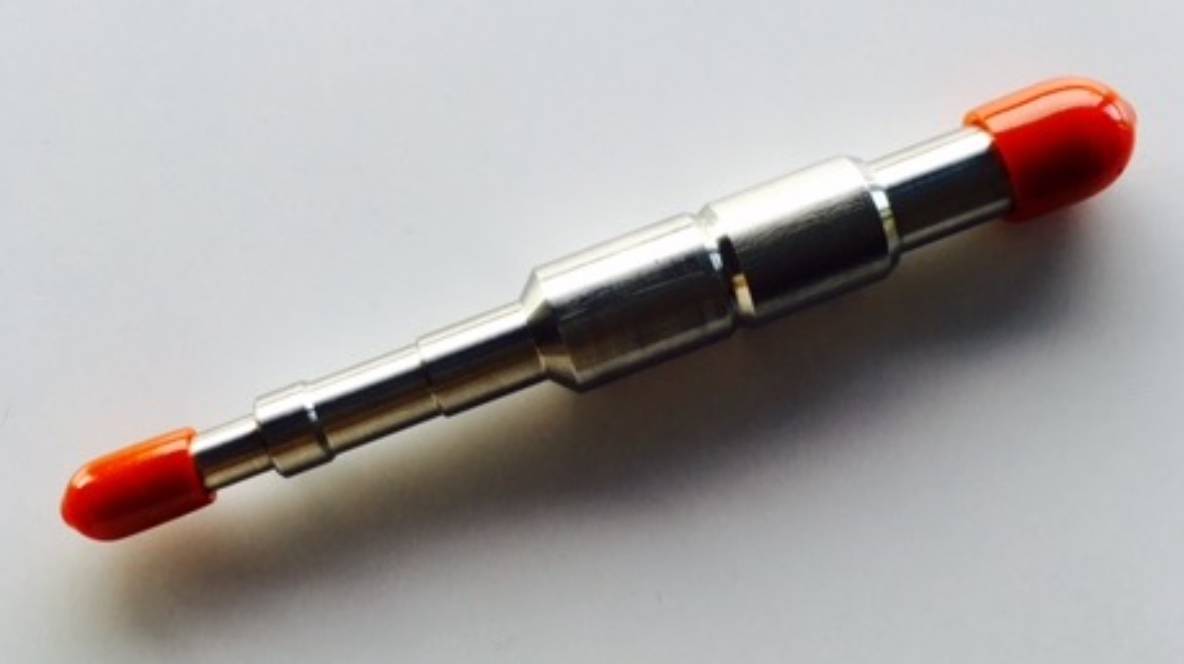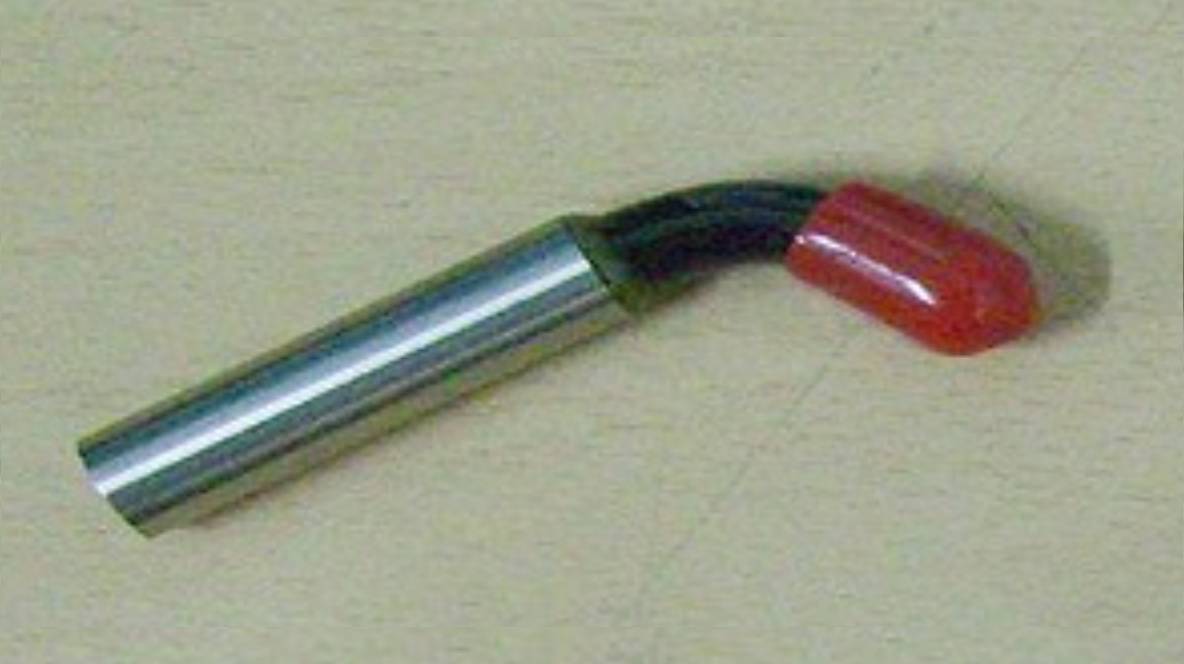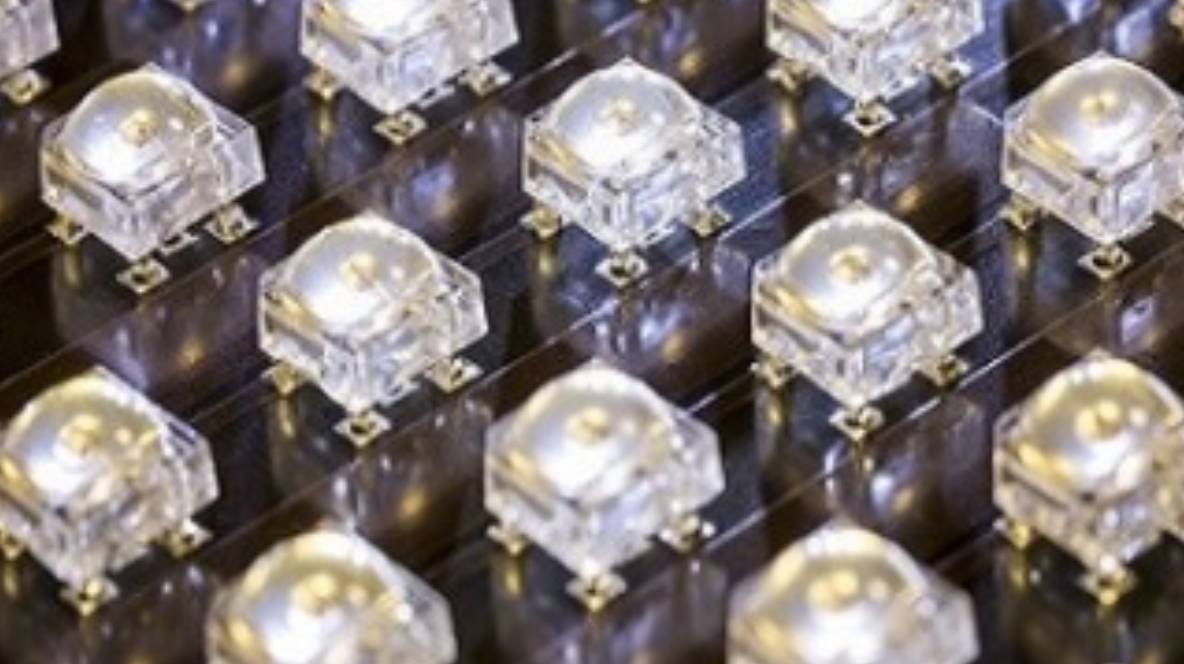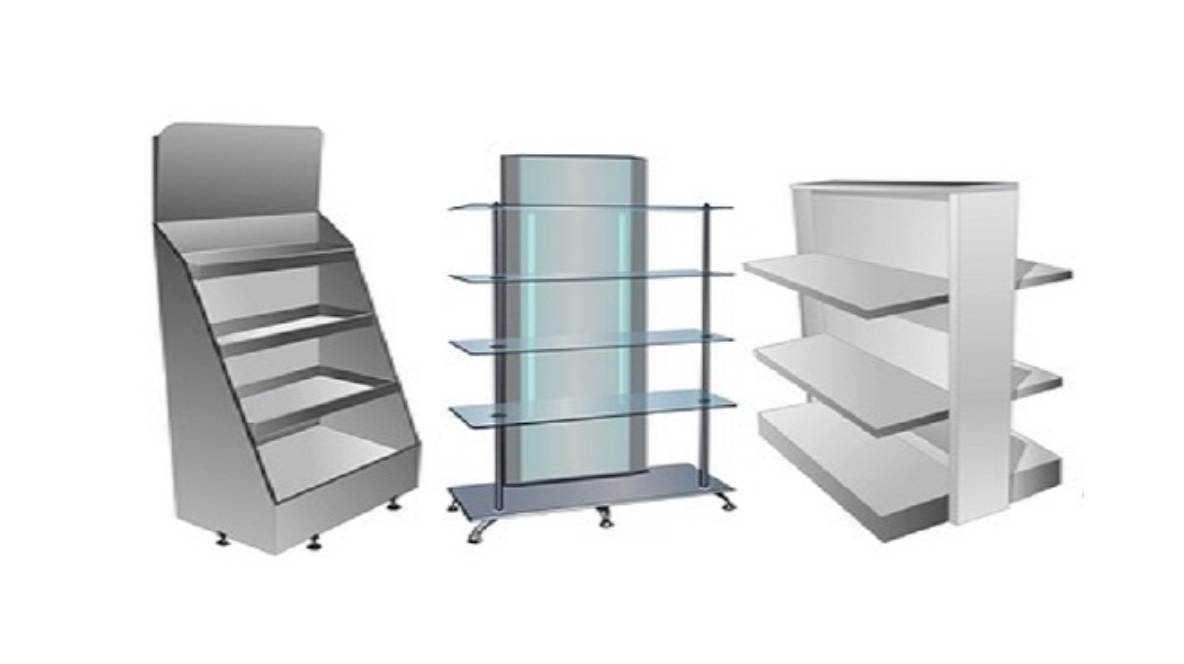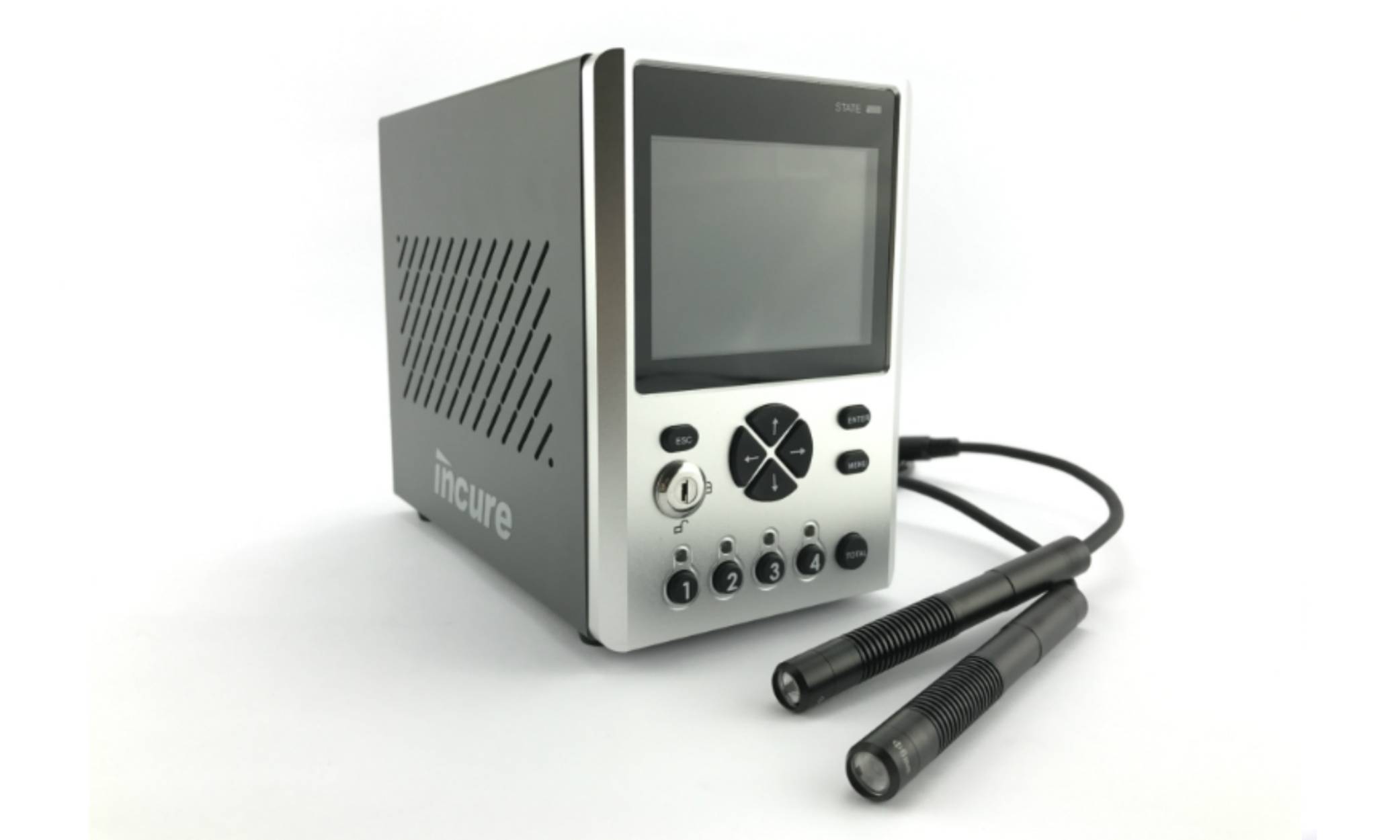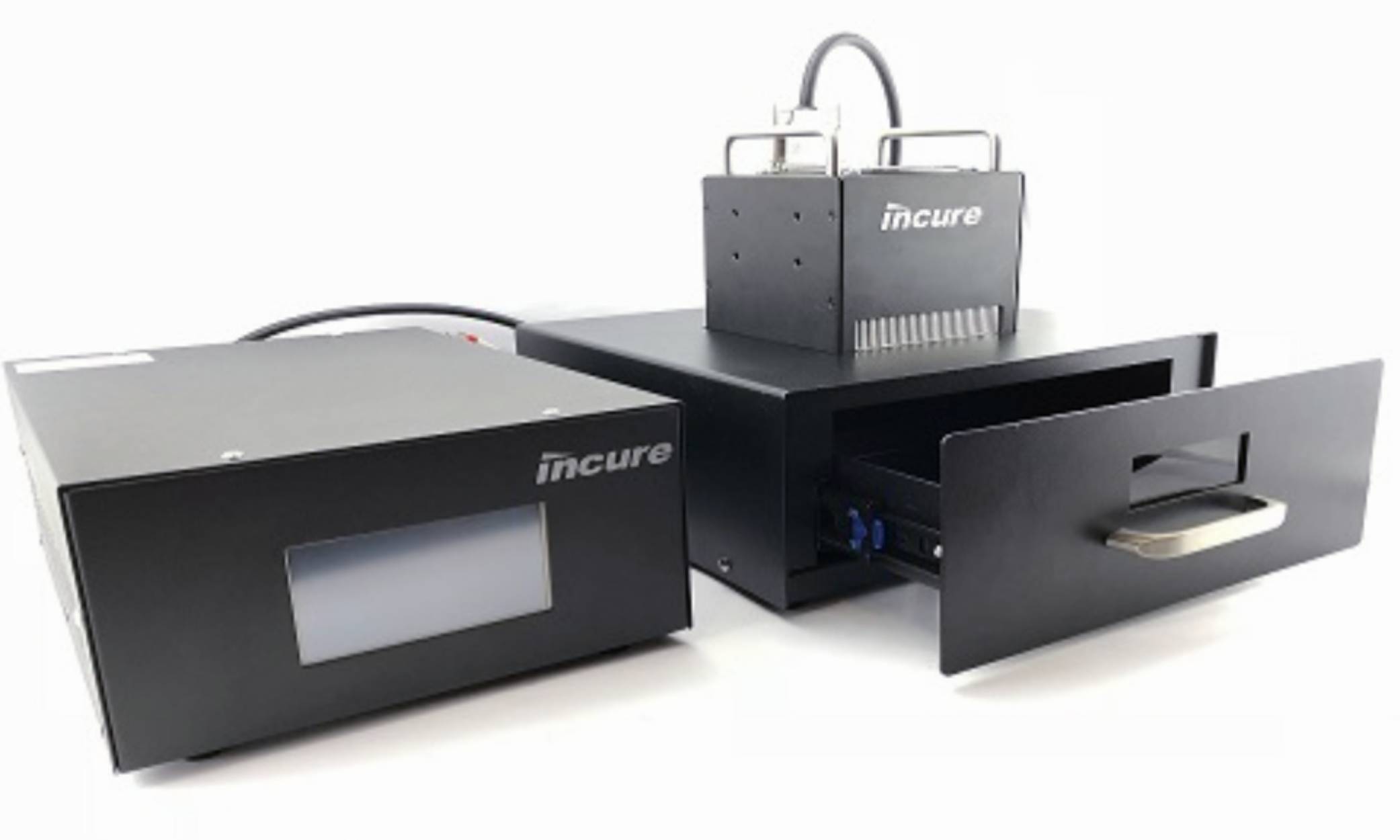Guiding the Way: Single Pole and Multi-Pole Lightguides for UV/Visible Spot Light Curing Systems
In today’s fast-paced manufacturing world, precise and efficient curing is essential. UV/Visible spot light curing systems offer a powerful solution, but delivering the light to the target area requires a vital component – the lightguide. This blog dives into the world of single pole and multi-pole lightguides, exploring their functionalities, advantages, and applications for UV/Visible spot light curing systems.
What are Lightguides (Liquid Light Guides)?
Lightguides, also known as liquid light guides or light wands, are flexible fiber optic cables that transmit UV or visible light from the curing lamp to the desired curing area. They offer several advantages:
- Remote Curing: Lightguides enable curing in areas inaccessible to the lamp itself, providing greater flexibility and maneuverability.
- Reduced Heat Transfer: The liquid core efficiently transmits light while minimizing heat transfer to the curing surface, protecting delicate materials.
- Conformal Curing: The flexible design allows the lightguide to conform to uneven surfaces, ensuring consistent curing across the targeted area.
Single Pole vs. Multi-Pole Lightguides
Lightguides come in two main configurations:
- Single Pole: Features a single channel for transmitting light to a single curing point. Ideal for precise, focused curing on small areas.
- Multi-Pole: Contains multiple channels within the same housing, allowing simultaneous curing of multiple points. Offers increased efficiency for applications requiring curing in several locations.
Choosing Between Single Pole and Multi-Pole Lightguides
The optimal choice depends on your specific application:
- Single Pole: Best suited for:
- Curing small, intricate areas.
- Applications requiring high-precision curing.
- Situations where only one curing point is needed.
- Multi-Pole: Ideal for:
- Curing multiple points simultaneously, improving efficiency.
- Applications requiring uniform curing across several locations with similar spacing.
- Situations where minimizing curing time is crucial.
Benefits of Using Lightguides with UV/Visible Spot Light Curing Systems
- Enhanced Versatility: Lightguides provide remote curing capabilities and allow for curing on uneven surfaces.
- Improved Efficiency: Multi-pole lightguides can expedite curing processes by addressing multiple points simultaneously.
- Precise Curing: Single pole lightguides offer focused beams for high-precision curing on small areas.
- Reduced Heat Transfer: Liquid core minimizes heat transfer, protecting temperature-sensitive materials.
- Wide Range of Applications: Compatible with various UV and visible light curing systems across diverse industries.
Applications for Single Pole and Multi-Pole Lightguides
The versatility of lightguides makes them ideal for numerous UV/Visible spot light curing applications:
- Electronics Manufacturing: Curing adhesives, encapsulants, and coatings on PCBs and electronic components.
- Medical Device Assembly: Targeted curing of adhesives and bonding materials in medical device manufacturing.
- Composite Bonding: Curing adhesives used in composite material bonding applications.
- 3D Printing Applications: Post-processing techniques like curing UV-curable resins for specific functionalities.
- Optical Component Manufacturing: Precise curing of adhesives used in the assembly of optical components.
- Automotive Applications: Curing adhesives and sealants in various automotive assembly processes.
Choosing the Right Lightguide
Selecting the optimal lightguide requires considering several factors:
- Light Source Compatibility: Ensure the lightguide core material is compatible with the wavelength of your UV/Visible curing system.
- Single Pole vs. Multi-Pole: Choose based on the number of curing points and desired level of precision.
- Tip Options: Consider various tip configurations (straight, angled, etc.) to suit your specific application needs.
- Length and Diameter: Select a length that provides sufficient reach and a diameter that allows for adequate light transmission.
Guiding You Towards Efficient Curing Solutions
Single pole and multi-pole lightguides offer valuable tools for UV/Visible spot light curing systems. Their versatility, efficiency, and ability to deliver precise light make them ideal for diverse applications across various industries. So, if you’re looking to optimize your spot light curing processes, consider incorporating the right lightguide solution and illuminate a path towards successful and efficient curing results.
INCURE Lightguides
| Product | Pole x Diameter x Length |
| LG620 | 1 x 3mm x 500mm |
| LG622 | 1 x 3mm x 1000mm |
| LG623 | 1 x 3mm x 1500mm |
| LG624 | 1 x 3mm x 2000mm |
| LG601 | 1 x 5mm x 1000mm |
| LG602 | 1 x 5mm x 1500mm |
| LG625 | 1 x 5mm x 2000mm |
| LG626 | 1 x 5mm x 3000mm |
| LG627 | 1 x 8mm x 500mm |
| LG628 | 1 x 8mm x 750mm |
| LG603 | 1 x 8mm x 1000mm |
| LG629 | 1 x 8mm x 1500mm |
| LG630 | 1 x 8mm x 2000mm |
| LG632 | 1 x 8mm x 3100mm |
| LG633 | 1 x 8mm x 6200mm |
| Product | Pole x Diameter x Length |
| LG634 (5mm Rod) | 2 x 3mm x 750mm |
| LG604 (5mm Rod) | 2 x 3mm x 1000mm |
| LG635 (5mm Rod) | 2 x 3mm x 1500mm |
| LG636 (5mm Rod) | 2 x 3mm x 2000mm |
| Product | Pole x Diameter x Length |
| LG605 (8mm Rod) | 3 x 3mm x 1000mm |
| LG637 (8mm Rod) | 3 x 3mm x 1500mm |
| Product | Pole x Diameter x Length |
| LG606 (8mm Rod) | 4 x 3mm x 1000mm |
| LG638 (8mm Rod) | 4 x 3mm x 1500mm |
| LG639 (8mm Rod) | 4 x 3mm x 2000mm |

